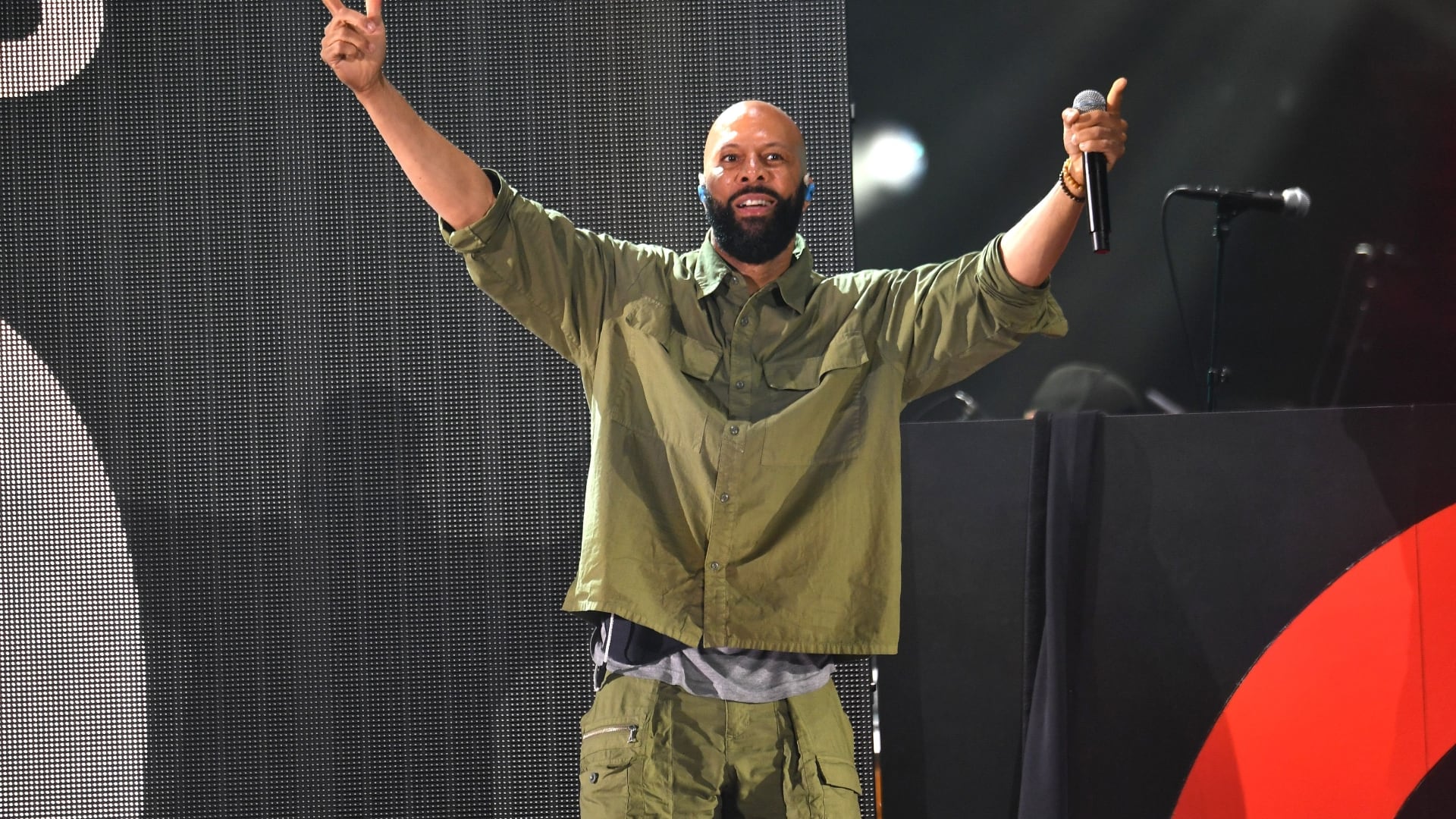More than 6.6 million people applied for unemployment benefits last week, according to new data from the Department of Labor.
That brings the total number of layoffs since the coronavirus pandemic hit the U.S. economy to 17 million, or 10 percent of the total workforce, in just three weeks.
This is only the latest in a series of historic surges for the unemployment rolls. Two weeks ago, a record-breaking 6.9 million people filed jobless claims. The week before that saw 3.3 million claims, surpassing the former one-week record of 695,000 set in 1982.
One reason for the continued rise in filings is that more people can now apply. The $2.2 trillion stimulus package that Congress passed at the end of last month expanded unemployment insurance to freelancers, independent contractors, and the self-employed.
How this impacts the economy in the long-run is a topic of fierce debate. Economists are projecting unemployment rates of 10 percent to an astonishing 30 percent by this summer.
The unemployment rate for March rose to 4.4 percent, but that doesn't account for the bulk of the economic damage that followed nationwide stay-at-home orders and shutdowns later in the month.
The Federal Reserve followed up the job numbers with the announcement that it would put $2.3 trillion into the economy through new loan programs for small businesses, states, and municipalities.













